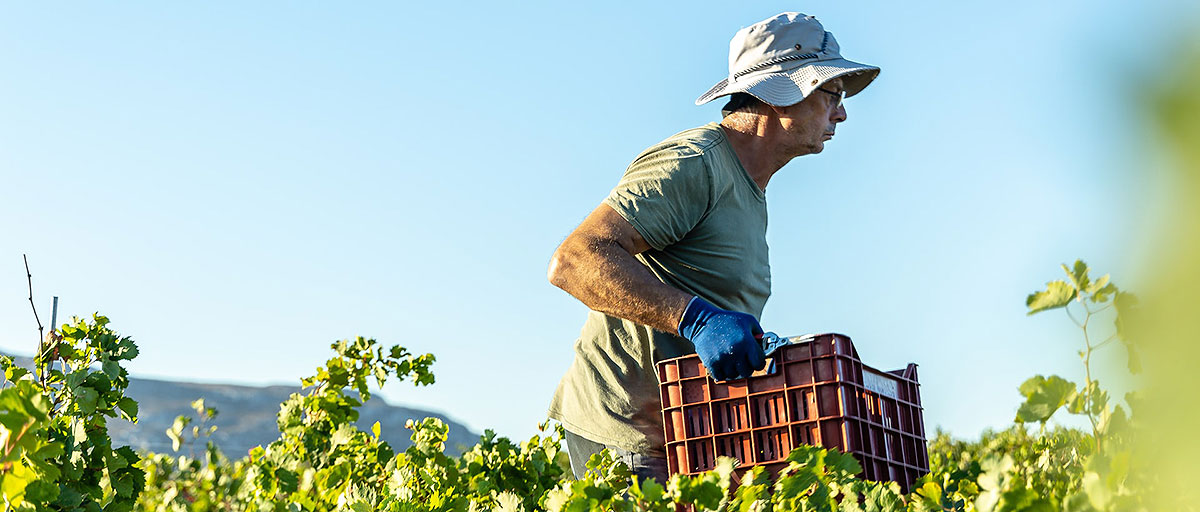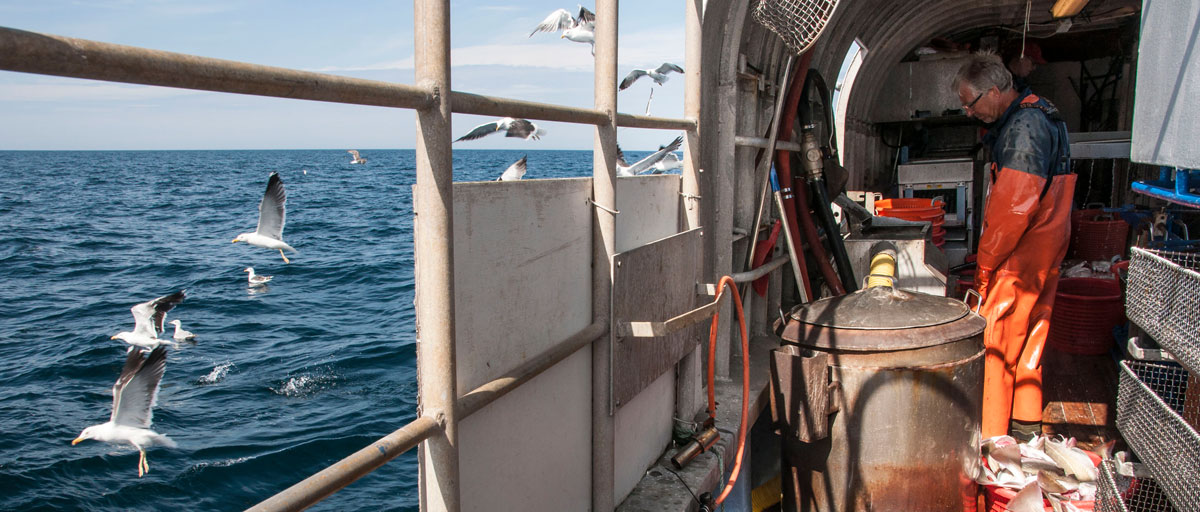Bildtext får vara max två rader text. Hela texten ska högerjusteras om den bara ska innehålla fotobyline! Photo: B. Christensen/Azote
RESILIENCE
More options now means bigger resilience in the future
- ‘Pathway diversity’ is an extension to resilience theory that links existing individual, systems and temporal theories of resilience
- Resilience is greater if more actions are currently available and can be maintained or enhanced into the future.
- This primarily theoretical research lays the basis for future empirical applications
New study takes first step in analysing how resilience can be measured over time
OPTIONS AND AGENCY: Although resilience is one of the most widely used concepts in sustainable development, it does not come without critique.
The systems view of resilience has limited capacity to analyse the agency of specific actors in building or managing resilience. Furthermore, both systems- and agent-oriented perspectives focus on resilience at a snapshot in time and are not able to analyse how available responses change over time.
The term is also so broad that it is hard to assess quantitatively. This means that although resilience provides useful governance guidelines, it can be unclear how to use it to choose between different policy options.
In a paper in Ecology and Society, centre researchers Steven Lade and Jamila Haider together with Brian Walker from the Australian National University and CSIRO attempt to overcome these critiques.
Diverse future options
Understanding resilience is critical to understanding how human and natural systems respond to change. This work provides tools to help understand, assess, and build the resilience of human and natural systems.
In their extension to resilience theory, actors are more resilient if they have a greater diversity of options available to them in the present, and are able to maintain or enhance the diversity of options in the future.
Diversity is an intuitive surrogate for resilience.
Steven Lade, lead author
The framework of resilience as “pathway diversity” combines both systems- and agent-oriented perspectives of resilience to allow agency to be dealt with more explicitly.
As pathway diversity is a quantification of resilience, it has the potential to be used to design pathways that maintain or increase resilience.
Basis for future applications
The authors explore how pathway diversity could be useful to understand the resilience of a farmer and the resilience of a person or community stuck in poverty.
“In this primarily theoretical research, we combine systems- and agent-oriented perspectives of resilience, laying the methodological basis of resilience as pathway diversity for future empirical applications ,” conclude the authors.
Lade, S. J., B. H. Walker, and L. J. Haider. 2020. Resilience as pathway diversity: linking systems, individual, and temporal perspectives on resilience. Ecology and Society 25(3):19.
https://doi.org/10.5751/ES-11760-250319
For more information about the study, contact lead author Steve Lade:










